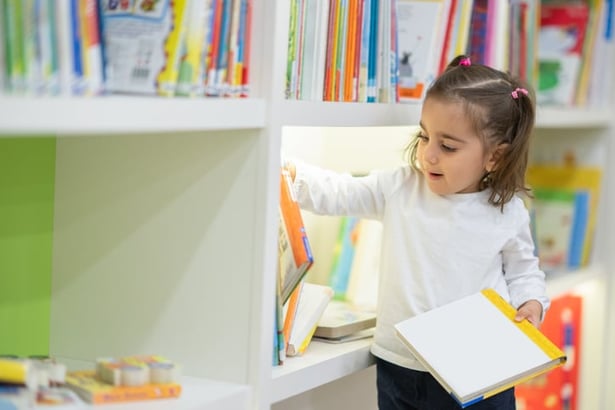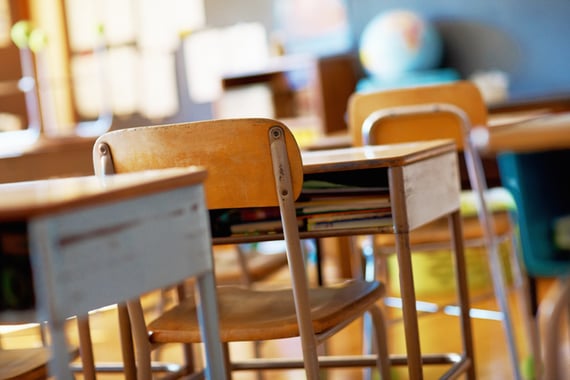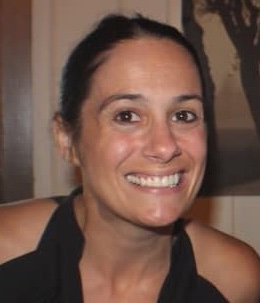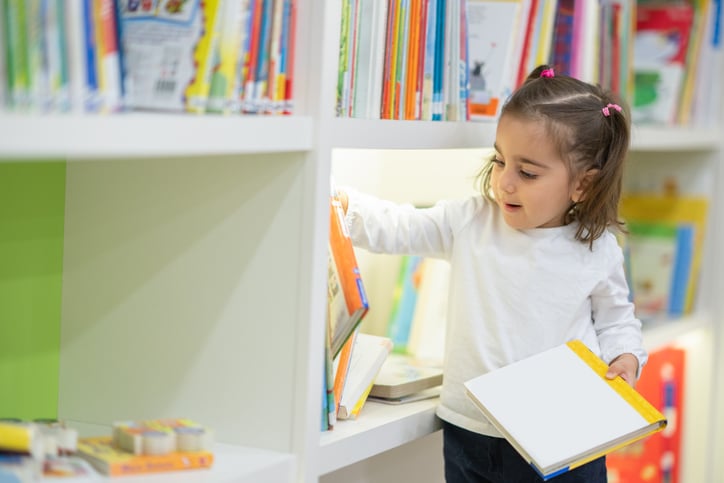4 Key Tips for Preparing your Special Education Classroom for the New School Year
The new school year is quickly approaching. Setting up a new classroom takes time and a lot of planning, especially when taking into consideration the needs of our unique students. Autistic children notably require structure and organization. Students spend a lot of time in their classroom, so how the room feels, looks, and functions all impact how they will perform throughout the school day.
Walking into your classroom before the school year officially starts can be an overwhelming experience. In my district, everything is pushed to one wall in the classroom. The custodians have waxed the floor for the upcoming year. There are boxes on boxes of supplies that I quickly packed away in June. It’s a daunting task to go through everything you have. I ask myself what is worth keeping and what I should throw away by going through the boxes. Clutter can be a special education teacher’s worst nightmare, and it can also affect a student’s ability to learn. Purge the classroom of clutter and streamline your classroom for success.
Even though we need to be flexible, a non-negotiable in my room is structure. Our neurodivergent students need structure and clear routines to succeed.

1. Layout
When working with autistic students, we need to support their learning by making sure the layout of the class is appropriate. The students should be aware of the specific areas in the classroom. Once students know where certain activities happen, they will be able to transition effectively throughout the day.
In a special needs classroom, you need to consider the needs of your students while designing the layout.
Tables:
A classroom will come with tables. How you use the tables will be dependent on the needs of your students. I like to use the tables in my classroom as hubs for designated activities, and the tables are used for multiple purposes. I use a table for my computer area. I also have a table for small group work and a kidney-shaped table for circle time and 1:1 work with my kiddos. I like to keep my tables separated and use dividers or shelving to section off the areas. When creating the layout with tables, ensure that you can oversee the different areas from wherever you are in the room.
Independent Work:
I use my desks for independent workstations. Luckily due to my small ratio of students, each child has their own desk, and I utilize them for independent work. This is where I apply the strategies of TEACCH. The program was developed at UNC-Chapel Hill and was designed for autistic students. The TEACCH system focuses on classroom structure, scheduling, routine, visual structure, and workstations. I use TEACCH methodologies to set up each student’s own work area. Like all students, autistic kids need to learn how to work independently. I use shelving and desks to give each student their own designated work area.
Play Area:
Play and socialization can be a struggle for many autistic individuals. Teaching play and socialization will be a vital part of your daily instruction, and having an appropriate area in the classroom is necessary. When working with young students on the spectrum, I recommend having a play area in the classroom. For older neurodivergent students, I recommend having a specific location in the classroom for leisure or socialization activities. The space should be organized, structured, and not too cluttered. Again, I recommend sectioning off the play area to help define the classroom’s specific regions, which will help students transition through the room effectively.
Library:
Reading is crucial for learning, and every classroom should have a library available for students. When designing your classroom library, you need to consider the levels and needs of your students. I like organizing the books for my students into bins sorted by theme. Themes include animals, nature, seasons, holidays, friendship, and more. I have my leveled library and guided readers near my small group table to facilitate instruction. I also suggest having adapted/interactive books in the class. I like to create my own and use them often while teaching. The options are unlimited when you create your own books geared towards the needs of your students.

Communication Station:
Having effective communication strategies is especially important in a special education classroom. I suggest having a specific area in the classroom for communication for both you and your students. The communication station should be another designated area in the classroom. I would keep my daily teacher communication logs, take-home binders and folders, and student daily communication logs in that area.
Creating a coherent layout in the classroom is imperative for an autistic student.
2. Visuals Supports
Most autistic students are visual learners and benefit from the use of visuals in the classroom. I use visuals to support my student’s needs. This will help expand a neurodivergent child’s ability to interact with the world around them. They will be better equipped to handle situations independently, and using visuals promotes communication. This should be used to meet needs, not to overwhelm the students. I use many different types of visuals in my classroom to support my students. They include but aren’t limited to choice boards, schedules, communication visuals, and pictures to label specific things and areas in the room. You can create and adjust them to meet the needs of your students.
3. Work/Curriculum
When going into a new school year, you need to plan and prepare a curriculum for your class. Planning curriculum and instruction in an ASD classroom can be challenging. Often many students are at different levels and have different IEP goals. Making instruction accessible to all is a must, and teachers know the importance of differentiating instruction. Taking the time to plan your overall curriculum can be difficult, but it can make the year so much simpler.
STAGES® Learning offers an in-depth comprehensive curriculum created for autistic students. Reach out to your school and see if they’re willing to purchase the ARIS® Academic Readiness Intervention System for your ASD class. It never hurts to ask! ARIS saves teachers a lot of time by having everything you need to teach autistic students all in one place.
When going through your materials and planning out the year, consider that all students should be assessed initially and throughout the year. The curriculum and instruction should be modified to meet the ongoing needs of our students. When working in a special education classroom, data is vital and should gear instruction. Data collection is a key component of ARIS.

4. Training Staff
When teaching a special education class, you most likely won’t be the only adult in the room, which can be challenging at times. Your class will most likely include paraprofessionals, related service providers, and maybe a teacher assistant. Sometimes it can feel like there are more adults in the class than children. Creating a good rapport with the staff who come in and out of your room is crucial to success during the year.
Paraprofessionals:
It can feel uncomfortable delegating to -- or teaching -- paraprofessionals in your room, but having a solid team is necessary. Our support staff is in our room for a reason, and they are there to support the student's needs with your instruction. Most special education classrooms are center-based, and students use their schedules to rotate through the centers. I recommend utilizing your paraprofessionals at the centers to tackle instruction. Train your staff at the beginning of the year regarding instruction, reinforcement, behavior protocols, and classroom policies. Training ensures a better education for your students and helps to limit miscommunication throughout the year. Don’t be satisfied with an OK team; train, support, and collaborate with your staff to create a fantastic team.
Related Service Providers:
Related service providers include speech therapists, occupational therapists, physical therapists, and counselors/social workers. Related service providers are constantly in and out of our rooms in a special education classroom to see students. Having good communication and rapport with providers is necessary. Setting up a time to work collaboratively and discuss the ongoing needs of your students is essential to a successful year.
Autistic students typically require consistency and structure to succeed. This all may seem like a lot of work for new or veteran teachers, but I promise that if you get these four tips in place at the beginning of the year, your classroom will run much smoother.
What works for you while setting up your classroom? Let me know in the comments!

Tatiana Tortora
Tatiana Tortora is a special education teacher in New York, specifically teaching students on the spectrum. She has her master’s degree in childhood education and students with disabilities. Tatiana is passionate about building understanding and acceptance of individuals with Autism.




